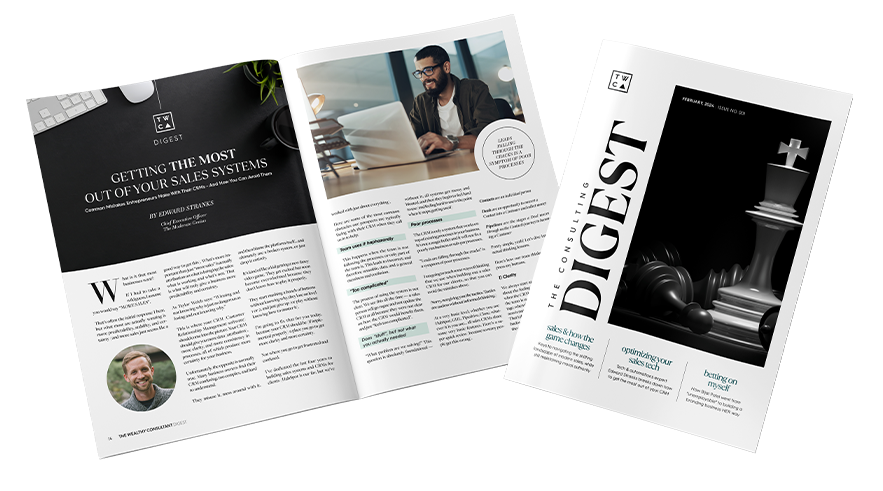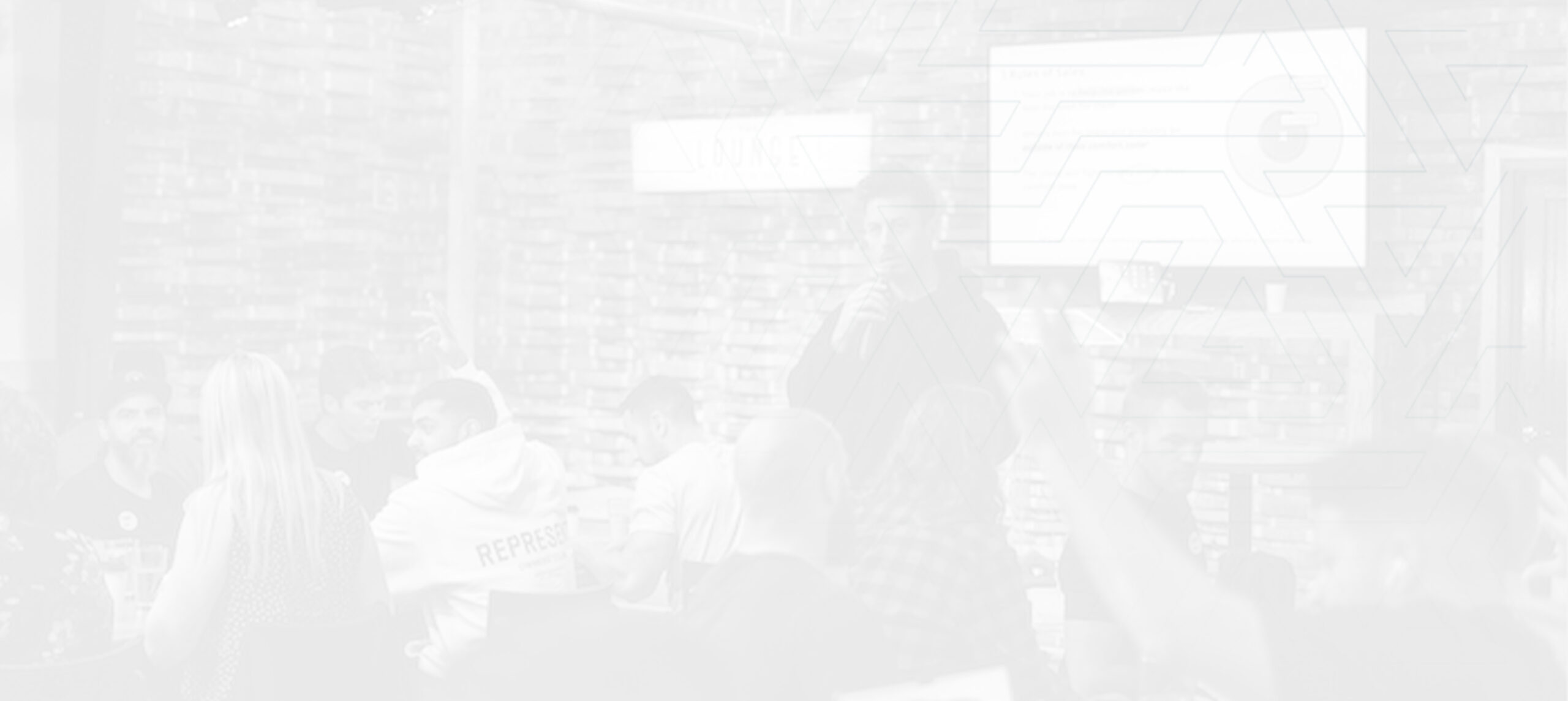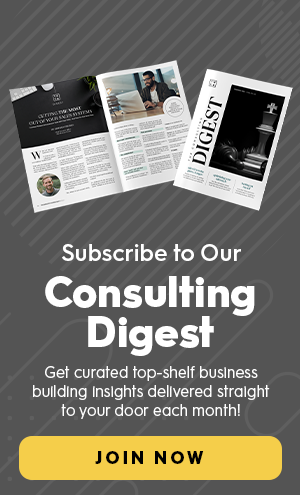Simple Scales – Complex Fails
Over time, if left unchecked, every business will experience bloat.
More people, more processes, more tech, more… well, everything.
“You need to do more in order to scale,” is a commonly believed myth, born of overly linear thinking. More of A leads to more of B… more of B leads to more of C… and so forth.
When you break free of the linear and start thinking exponentially, the statement starts to look more like, “You need to do more of ONLY 1-2 THINGS in order to scale.” More of A leads to more of B, C, D… right on down the rest of the alphabet.
In Gary Keller’s book, The One Thing, he illustrates this point beautifully.
“Extraordinary results happen only when you give the best you have to become the best you can be at your most important work.”
The entirety of that book is centered on the idea of finding the one thing that, by doing it, makes everything else you need to do easier (or even unnecessary).
Leverage at its finest.
Pareto and the 3D System
Many entrepreneurs are familiar with the Pareto principle – that roughly 80% of outcomes stem from only 20% of causes.
It’s often referred to as the 80/20 principle.
In other words, only a very small handful of the things you do drive the actual results of your business. Those are the things that are worthy of the majority of your attention. The rest is essentially “filler.”
When we first onboard a brand new client, often we spend the first few weeks trying to just get down to the basic ESSENTIALS of their business – actively looking to eliminate the projects, personnel, and expenses that are creating drag.
This may be an attention acquisition platform that isn’t consistently yielding.
It may be an employee who is collecting a paycheck, but who isn’t contributing at a high level and is driving their “revenue per head” model out of whack (if you want to understand “rev per head,” grab my book, The Wealthy Consultant).
It may be a sales process they’ve introduced that is creating unnecessary friction and lowering conversion.
But, it always starts with a good hard look at the data, and getting a feel for what IS and what IS NOT driving the results inside of the business. Addition by blessed subtraction.
A good way to do this is by using a “3D” strategy. Take every element of your business that’s in question and run it through these 3 lenses:
- Distraction – Is this person/project/initiative distracting me from putting focus into what drives the business forward?
- Decrease – Is this person/project/initiative enhancing the results of the successful parts of the business? Or decreasing the effectiveness of them?
- Drag – Does this person/project/initiative speed the business UP? Or create unnecessary drag?
If it doesn’t pass the 3D test, it likely doesn’t need to be a part of your business – at least not during this season. Remember, we’re not looking to gut every aspect of the business. Instead, we’re looking to chisel away the irrelevant in order to expose the diamonds.
As Einstein said when talking about complexity in systems, “Make everything as simple as possible, but not simpler.” The goal is to get the business to no more and no less than what it needs to achieve sustainable growth.

Operational Physics and Creating Momentum Through Subtraction
As we begin to help our clients declutter – less team, reduced overhead, fewer programs – it’s not uncommon for profitability and efficiency to begin to spike. We call this shifting the “operational physics” of the business.
What was weighing them down begins to turn into lift, allowing them to spread their wings and start to soar.
As they begin to get their footing, and taste “stability” for the first time (sometimes EVER) in their business, we then begin to add pieces back into the business in a healthy way that actually enables them to keep riding the wave of momentum.
One example might be helping them extend their output through lower cost, efficient labor using VAs (check out this article for more on that), or expanding their ability to use demonstration to build authority and convert attention (more on that here), or installing a Revolving Price offer so that their business can feed itself (more on that here)…
You’ve no doubt heard the saying, “Slow is smooth and smooth is fast.” This is essentially our approach to helping clients scale.
Slow down. Find what’s working. Eliminate distractions and drag. Put focus into the main things. Then begin adding on.

Get Consulting Insights Delivered Monthly
Become a Consulting Digest subscriber today (for $7 digitally or $27 physically), and unlock access to new, exciting content from Taylor and the team each and every month!

